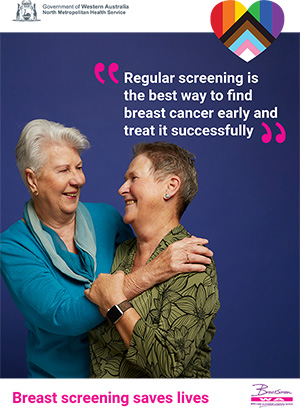One of my favourite days to travel into the city is the Friday leading up to World AIDS Day on December 1st. Walking around I get a strong sense of community acceptance as I see people from all walks of life wearing red ribbons, stickers or wrist bands that have been sold through volunteer and staff efforts during the World AIDS Day Street appeal. As a person living with HIV, I feel a sense of hope on this day that stigma and discrimination is on the decrease; that the broader community is becoming accommodating; and that everyone, those living with HIV as well as those who aren’t, realise that HIV is a health challenge not a moral challenge.
For those who have recently had a loved one with HIV pass away the reason for attending is often remembrance. For others attending the World AIDS Day celebration and reflection, the event is an opportunity to demonstrate our human solidarity with one another and the millions of people who live with HIV around the globe. HIV has impacted on all cultures and all nations proving in a very tangible way how interconnected we all are no matter where we live on the planet.
The AIDS Memorial Monument Project was dedicated on December 1, 2001. Since then individuals have used the AIDS Memorial Monument as a focal point for reflecting, not only on the lives that have been cut short by the impact of HIV, but also on the compassion and inspiration demonstrated by all involved in the prevention of HIV, the caring for and ultimately the curing of people with HIV. The National Centre in HIV Epidemiology and Clinical Research reported in the 2007 Annual Surveillance Report that prior to 1997 before Highly Active Anti Retroviral Treatments (HAART) were significantly rolled out 249 people died of AIDS in Western Australia. In the 9 years after 1997 that number had dropped to 60, which includes 8 people who died of AIDS last year in 2006.
When I light a candle at World AIDS Day and peer into the reflecting pond, I remember people that I have loved and who loved back, and I choose to remember their smiles, their laughs and their hugs. I choose to remember their joy and their dignity. I leave feeling inspired to live more meaningfully, more abundantly and more determined than ever to exercise my freedom passionately.




